The year 2023 is coming to an end. Despite all the hardships, astronomy, astrophysics, and other sciences related to the study of the world around us continue to develop. Scientists have made many amazing discoveries, unraveling the mysteries of the Universe. We have collected the most interesting and important ones in this article.
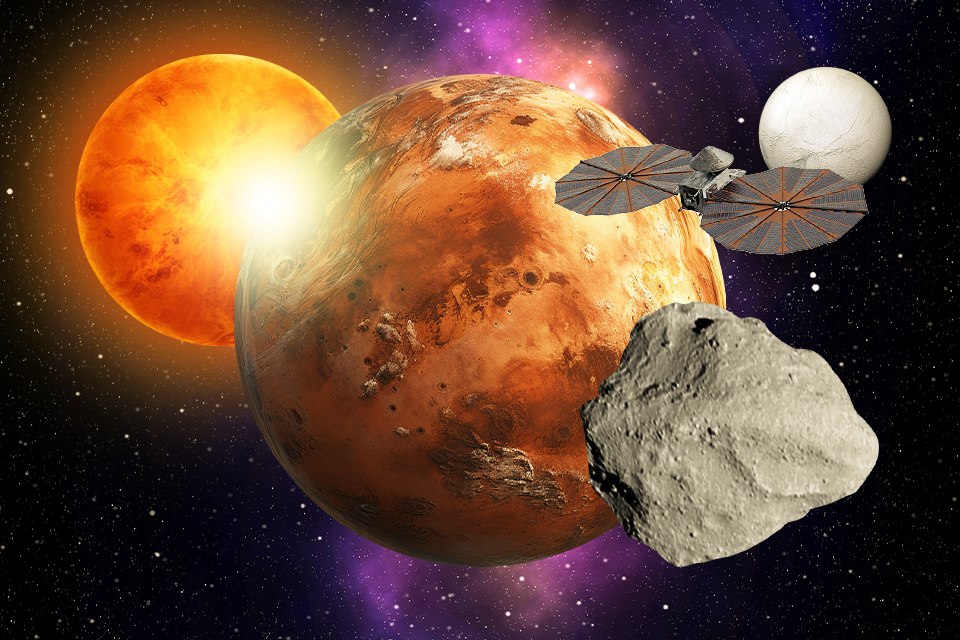
1. The maximum of solar activity may occur earlier than expected
One of the most important discoveries in the field of astronomy was the data that the peak of the Sun’s activity may occur as early as 2024. For many months now, our luminary has been behaving strangely, and in 2023, all people were able to experience it for themselves. Auroras caused by solar flares were seen even in Ukraine.
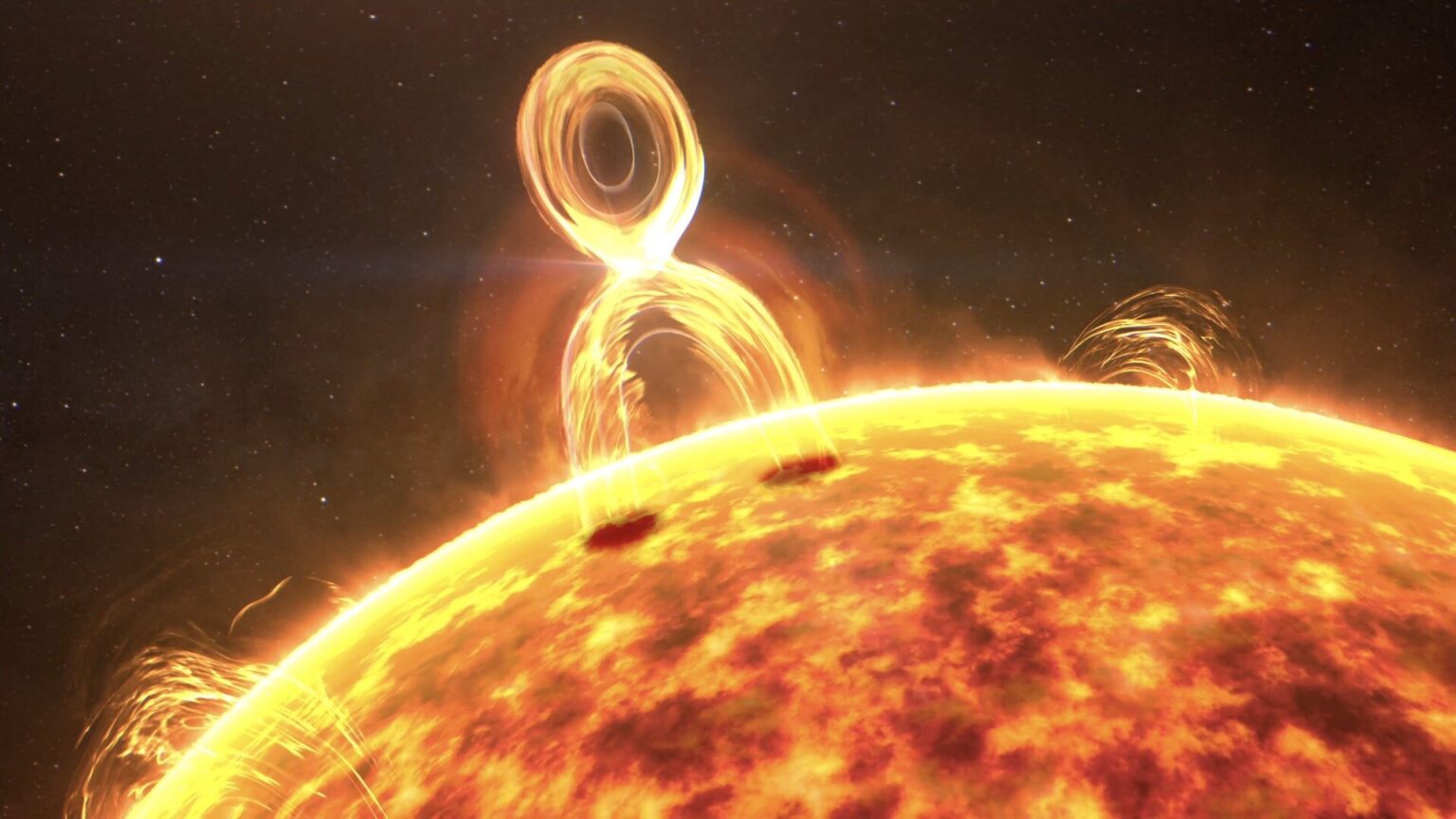
The 25th solar activity cycle was much more powerful than the previous ones. This helped scientists to better understand how the magnetic fields of our sun, responsible for its flares, work.
At the end of April, NASA scientists published a conclusion based on observations that the maximum activity will occur in mid-to-late 2024. And in November, their Indian colleagues developed a new model of solar cycles: according to it, its maximum should be expected at the beginning of the coming year.
2. The year 2023 set several temperature records.
At the time of writing, 2023 is not yet over. Meteorologists around the world continue to monitor the weather. Therefore, it is too early to say that this revolution of our planet around the Sun has become the hottest in history, although we can expect such news in a few weeks.
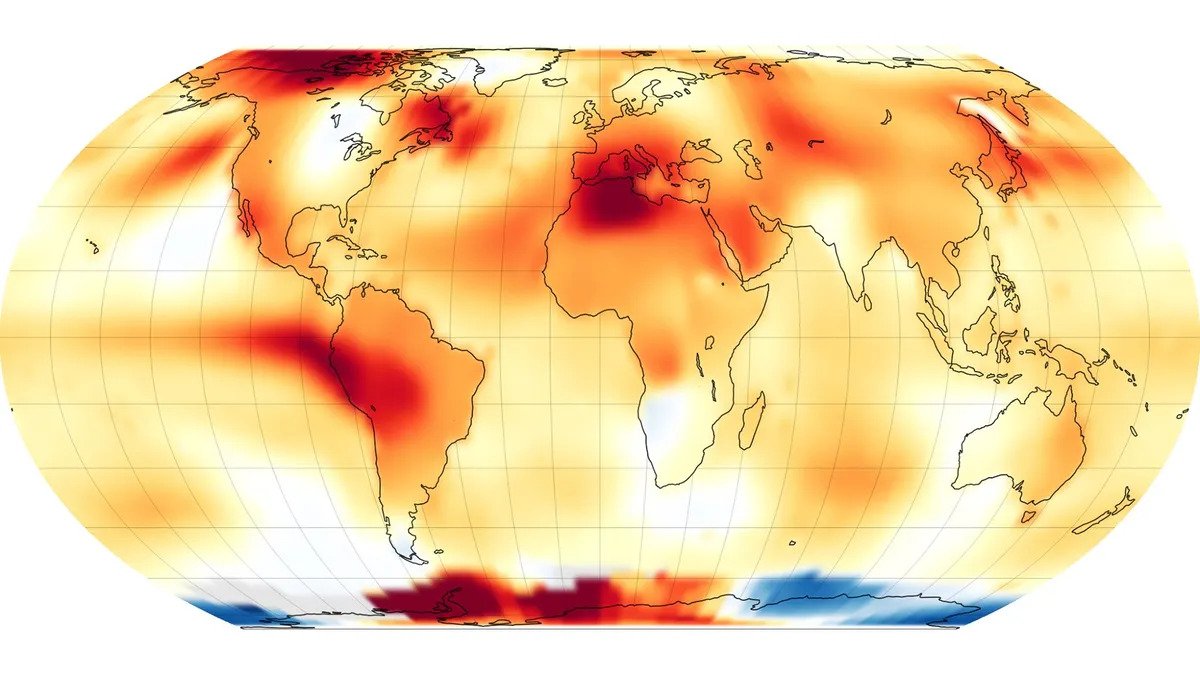
The fact is that in 2023, several heat records were set on our planet. First, Monday, July 5, became the hottest day in the history of observations — the average temperature then reached 17.01°C. Then it turned out that the whole of July was the hottest month in history. Moreover, a record was also set for the temperature in the Earth’s oceans. In the end, the entire summer of 2023 was the hottest on record. The Earth’s climate is changing, and this is not good news.
3. A new island was born in the Pacific Ocean
But it’s not all bad. A new island was born in the Pacific Ocean. It happened at the end of October, when an underwater eruption began near Iwo Jima. On November 3, the Landsat-9 satellite was able to see the “newborn”. At that time, the new piece of land was hundreds of meters long.

However, the study of the new island did not stop there. Thanks to the development of satellite technology, scientists were able to observe all the details of the formation of the baby, called Niijima, not only from the surface but also from orbit.
4. New satellites discovered near Jupiter
Also this year, the largest planet in the Solar System got more satellites. Jupiter already had several dozen of them, and in early February 2023, astronomers recognized that it had 12 more.
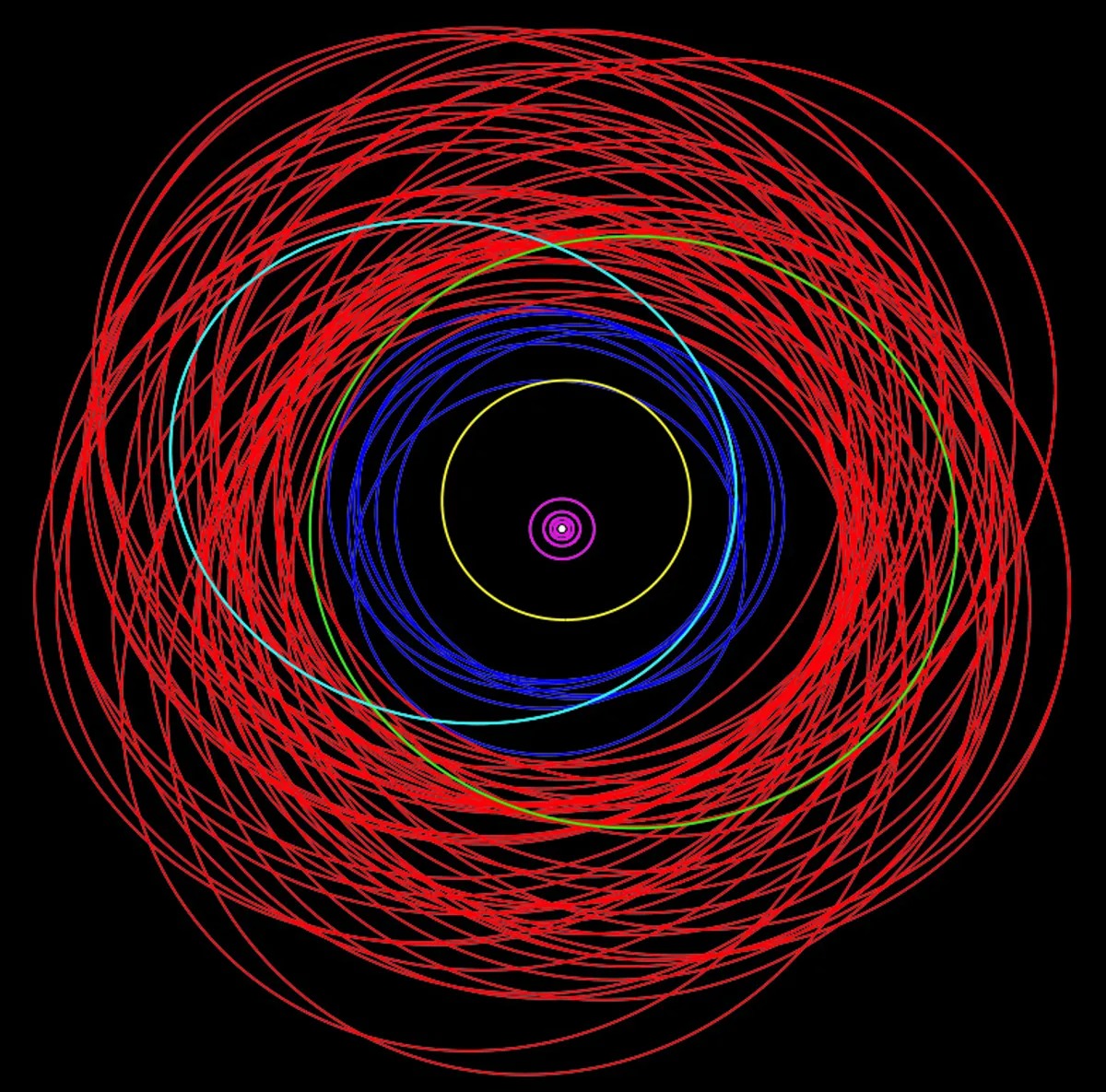
This brings the total number of Jupiter’s moons to 92. However, in this parameter, it is still inferior to Saturn, which has 146 known moons. All of the newly discovered bodies are only a few kilometers in size and may be fragments of larger moons that collapsed during the collision. 9 of them are retrograde, meaning that the direction of their rotation is opposite to that of the central planet.
5. A particle of ultra-high energy from nowhere
At the end of November 2023, scientists registered the most energetic cosmic ray particle in recent decades. It was given its own name, the Amaterasu Particle, in honor of the Japanese sun goddess.

The energy of the “Amaterasu Particle” was 2.4×10²⁰ eV. This is a million times higher than the best man-made achievements obtained at the Large Hadron Collider. Only the Oh-My-God photon, discovered in 1991, was more powerful.
The most interesting thing about the new particle is that it came seemingly out of nowhere. There is nothing in the part of the sky from which it came that could have produced it, although scientists continue to search for the source.
6. Phosphorus and hydrocyanic acid on Enceladus
In 2023, the chances of finding life beyond Earth in the Solar System increased. The reason for this is Saturn’s icy moon Enceladus. Under its surface there is an ocean of liquid water, in which organic compounds have been discovered even earlier.
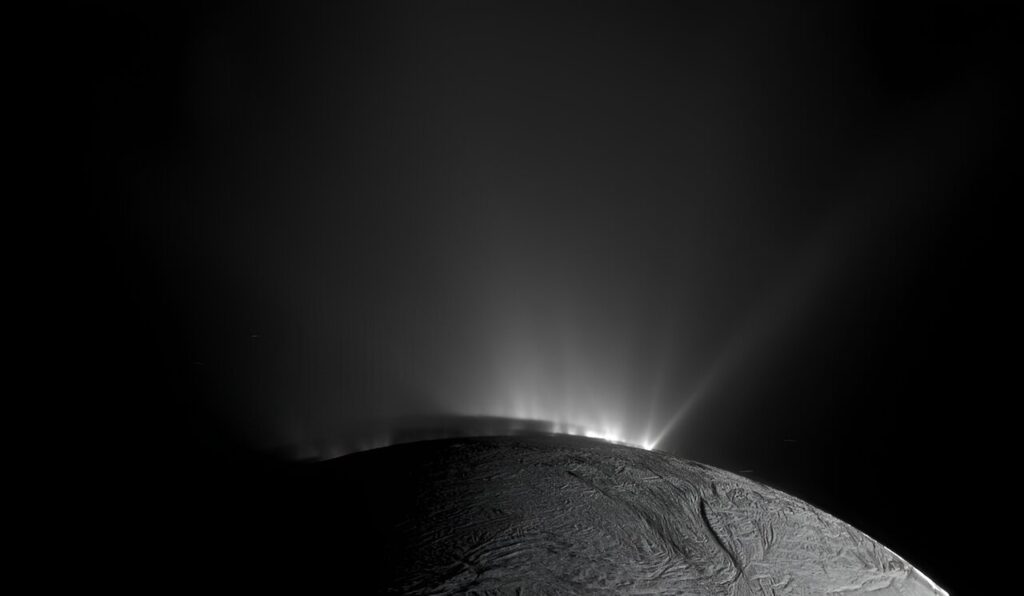
In June of this year, a team working with data collected by the Cassini probe reported the discovery of phosphates on Enceladus, organic substances containing phosphorus and being part of living organisms.
In December, another group of scientists, analyzing data from the same Cassini, learned that Enceladus also contains another important organic compound, hydrocyanic acid. In addition, traces of extensive chemical activity were found in the ocean depths of the satellite.
7. Asteroid Dinkinesh
On November 1, the Lucy probe, heading for Jupiter’s Trojan asteroids, made a close flyby of the Main Belt object called Dinkinesh. Imagine the surprise of the researchers when it turned out that this was not a single “celestial stone” but a pair of gravitationally bound bodies. The larger of the two is 790 meters in size, and the smaller is 220 meters.
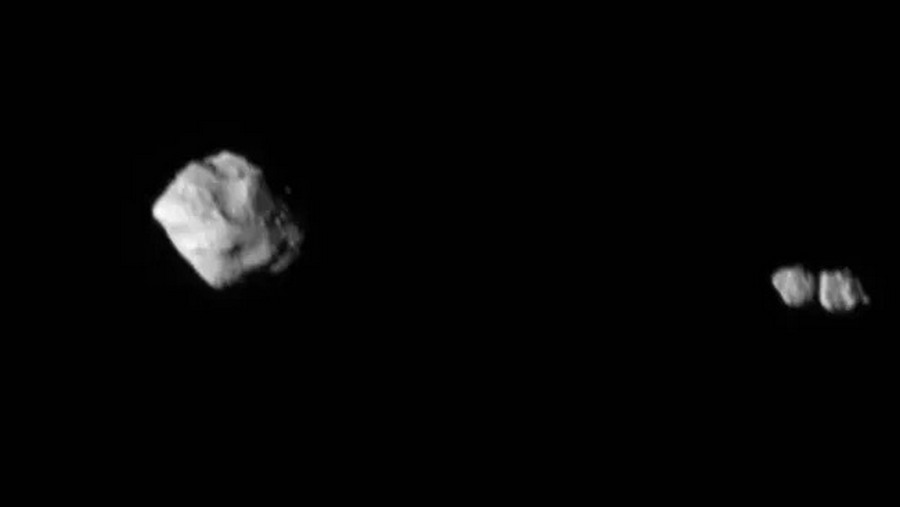
However, on November 7, scientists surprised everyone even more. The smaller of the two space rocks turned out to be not a single body, but a contact double system. That is, we are talking about two large stones that touch each other and in this form rotate around the third.
8. Mars is still geologically active
This year, researchers have seriously considered the possibility that deeming Mars a geologically dead body may be false. Earlier, the InSight rover operating on the surface of the Red Planet repeatedly recorded quakes in its depths.
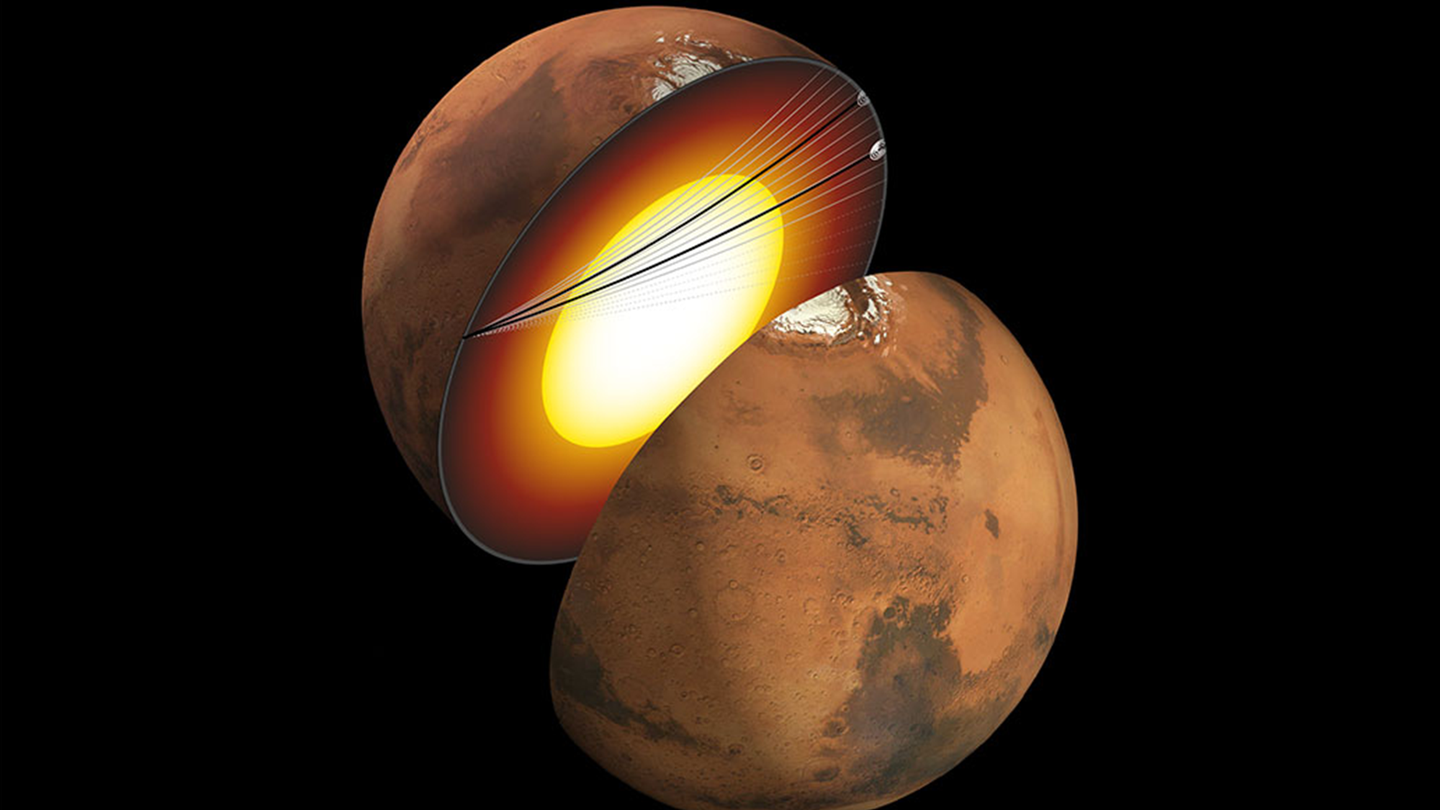
This year, scientists finally became convinced that this was no accident. Liquid magma still exists in the depths of Mars, and even a volcanic plume has formed — a stream of hot matter that can potentially cause volcanism.
In December 2023, planetary scientists took a closer look at the volcanic plain of Elysium. Satellite images showed that the last eruptions on it occurred from 1 to 120 million years ago, and not more than 3 billion, as was previously thought.
9. Background gravitational waves
So far, gravitational waves have been observed only from the merger of black holes of stellar masses. This is a rather rare phenomenon. However, in fact, they should reach our planet all the time. Their source is a huge number of merging supermassive black holes. They should form a continuous gravitational background.
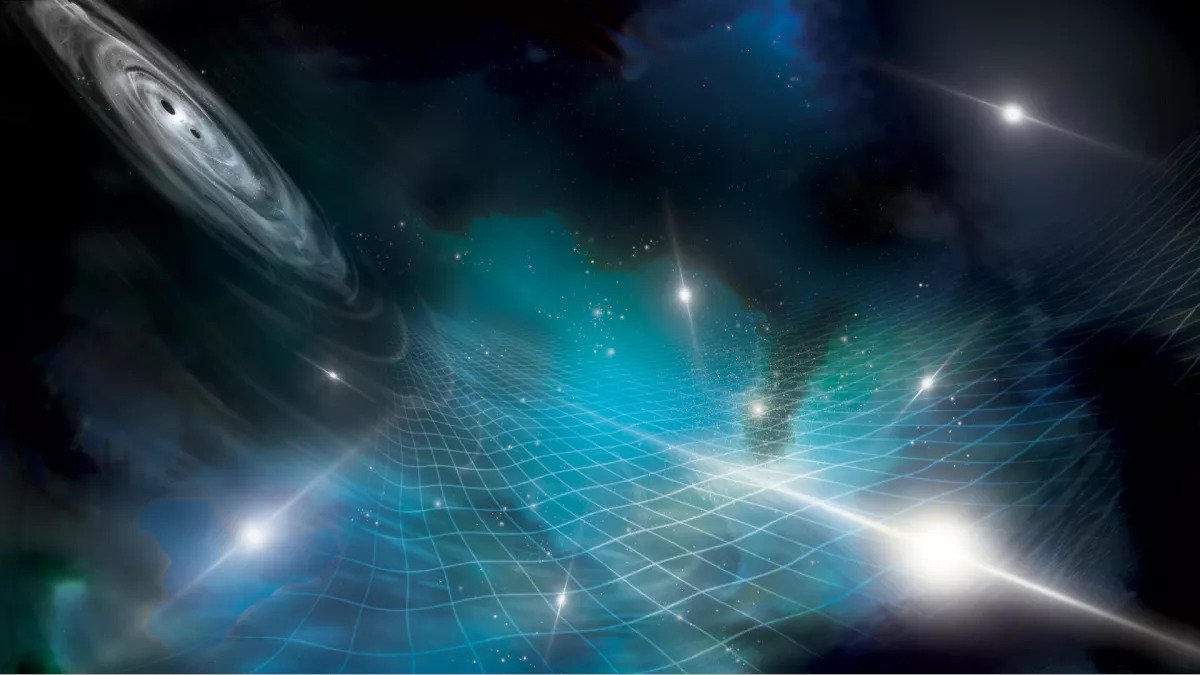
These signals are so weak that it is impossible to detect those using conventional methods. But it turned out to be possible by timing millisecond signals. On June 28 scientists from different countries announced that they had managed to do it.
10. The closest supernova in a decade
On May 19 of this year, Japanese amateur astronomer Koichi Itagaki detected a supernova flare in the Pinwheel galaxy. This star system is located at a distance of 21 million light years from us. However, even under these conditions, this outburst was the closest in the last decade.
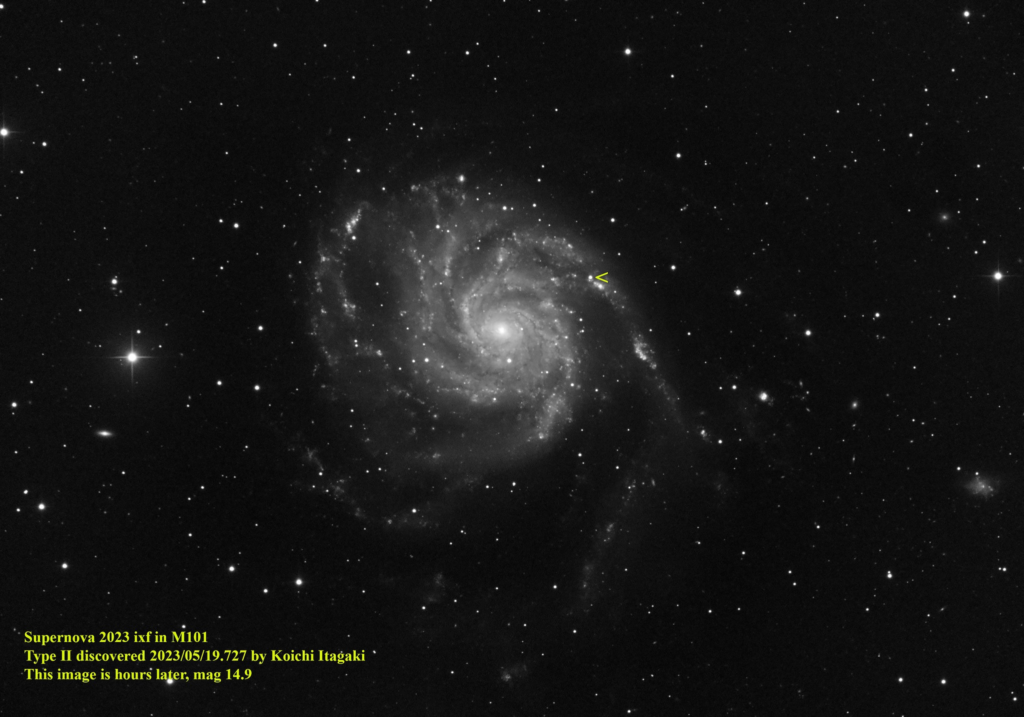
So scientists studied it carefully and soon discovered interesting things. The supernova was formed as a result of the collapse of the core of a giant star. Looking through archival images, experts discovered that about a year before this event, it had unexpectedly ejected a significant portion of its own mass into space. The researchers suspect that this is somehow connected with the beginning of silicon “burnout” in it, which is the final stage of supergiant life.

